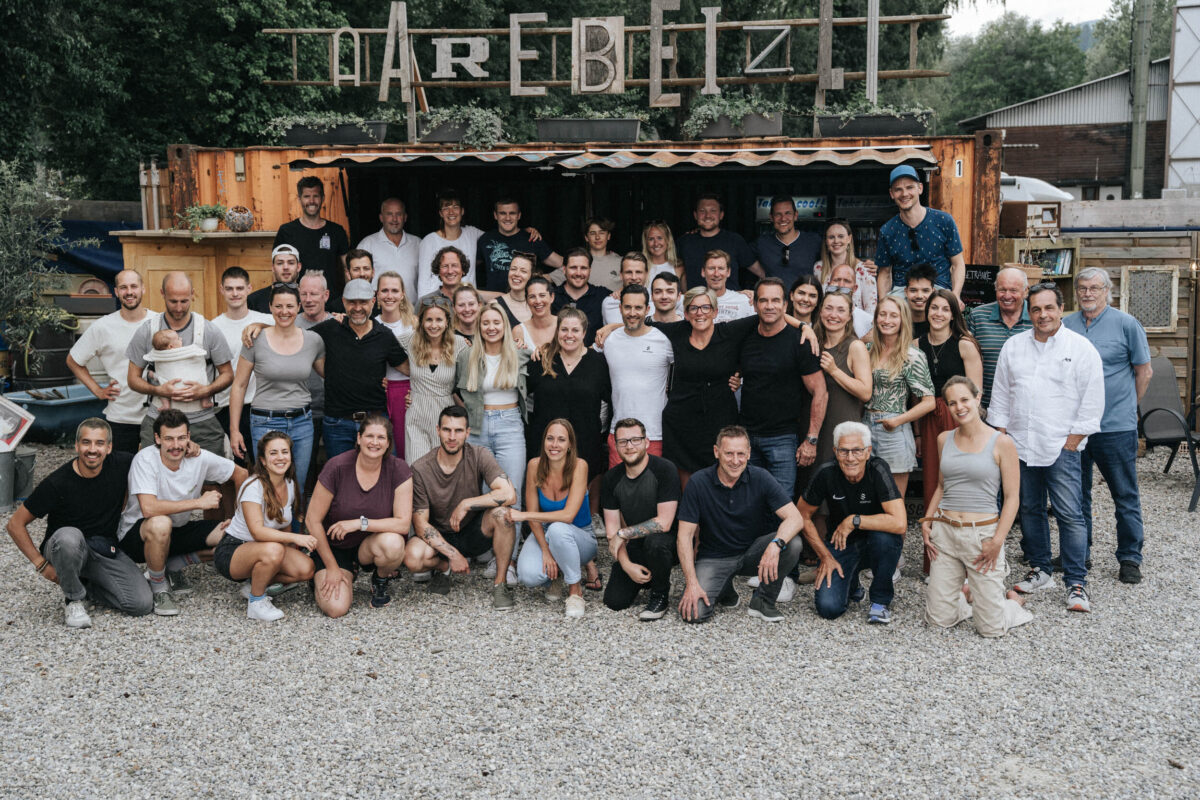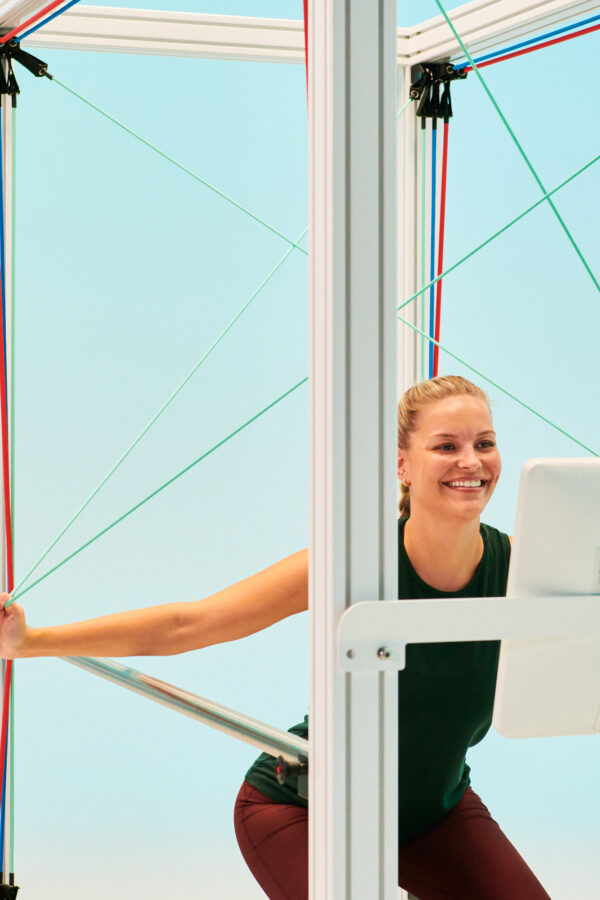Many new jobs available!

Morbus Parkinson is a neurological disorder. The term “Parkinson-plus syndromes” describes all of the illnesses with the same classic symptoms. Morbus Parkinson is the most well-known. It affects movement.
What is it?
The neurological disorder starts slowly and continues to progress over the course of the person’s life. It typically affects the motor system. It makes movements slower and delayed (bradykinesia). The muscles stiffen (rigidity). And they start to shake (tremor). Balance decreases (postural instability). Facial expressions and the voice become weaker (“facial masking” due to hypomimia, microphonia).
As the cardinal symptoms affect movement, the right training can help to make day-to-day life easier for Parkinson’s patients.
What’s important at this stage?
The gradual breakdown of a part of the brain (the substantia nigra in the midbrain) leads to a lack of dopamine, which in turn results in these symptoms.
Regular training helps to maintain the body’s physical capabilities.
Regular loosening with bouncing movements helps to reduce stiffness.
«I don’t know if I am the first, but I will certainly not be the last.»
Stefano Ruaro
The first athlete with Parkinson’s to complete an Ironman.

Pohl & Brüggemeier (2008)
«Regular and consistent exercise is important to both ensure that the condition improves and to retain function for as long as possible.»
Training too intensively is counterproductive as people with Parkinson’s also have to deal with increased fatigue. Sensopro can help. Its varied and functional coordination training helps to improve day-to-day movements.
If you have Parkinson’s-related disorder, your rehab really needs to be led by a physio. They're the experts and can give you personal advice as to what training is right for you.
We recommend the following training:
Physio / Gait Training
Health / Safety in everyday life